Passover Salad
Roasted Root Vegetables with a Fresh Horseradish Dill Yogurt Dressing
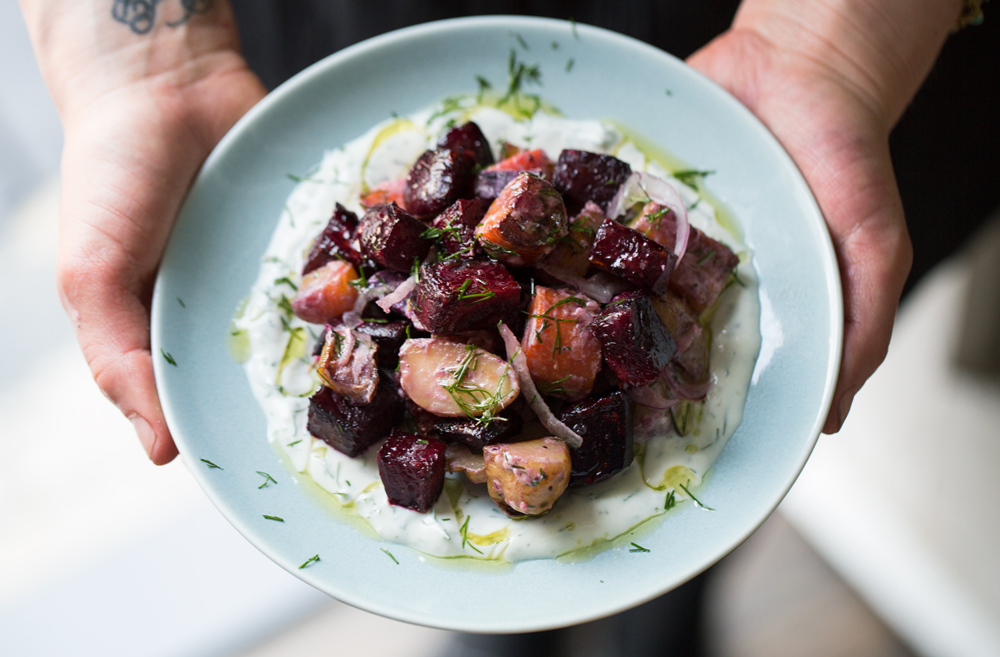
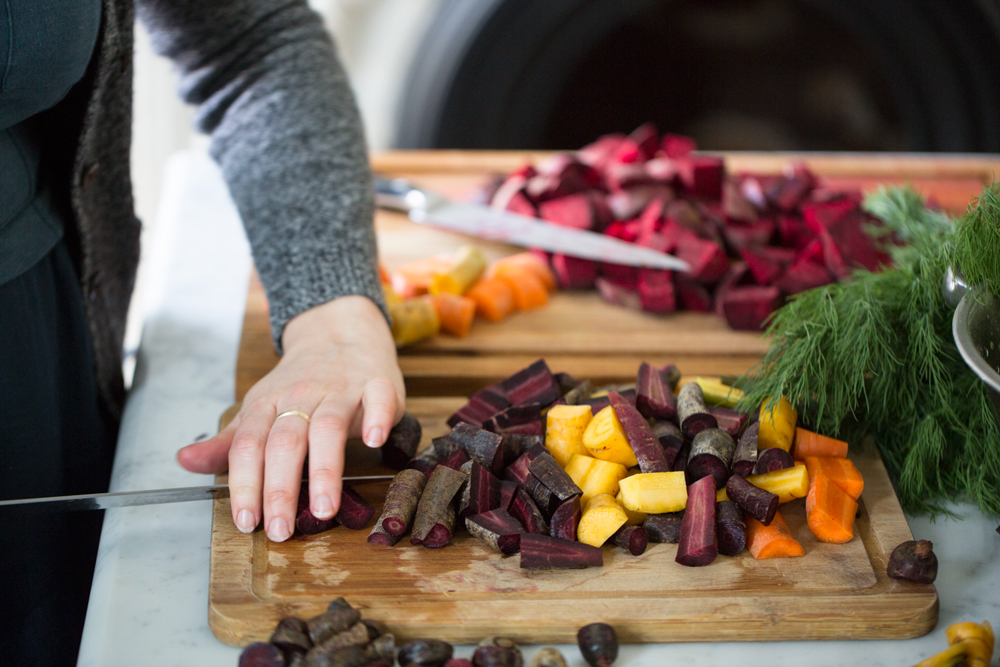
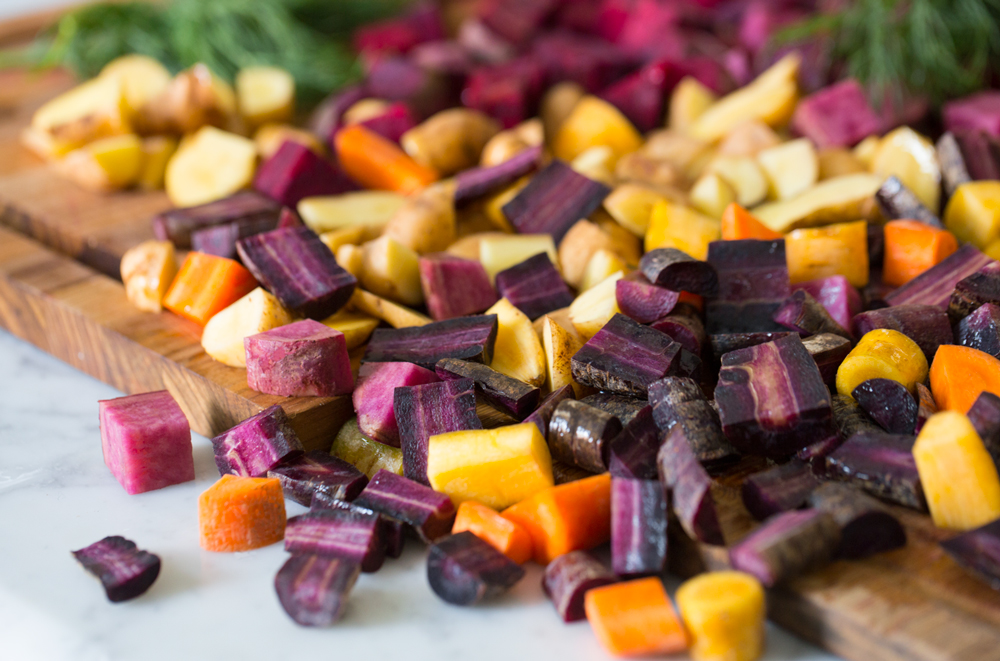
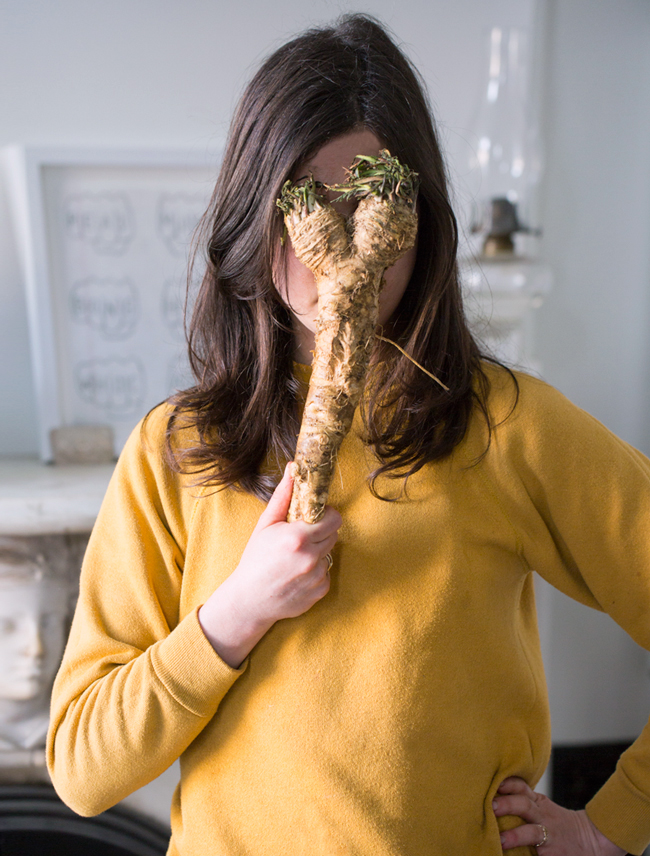
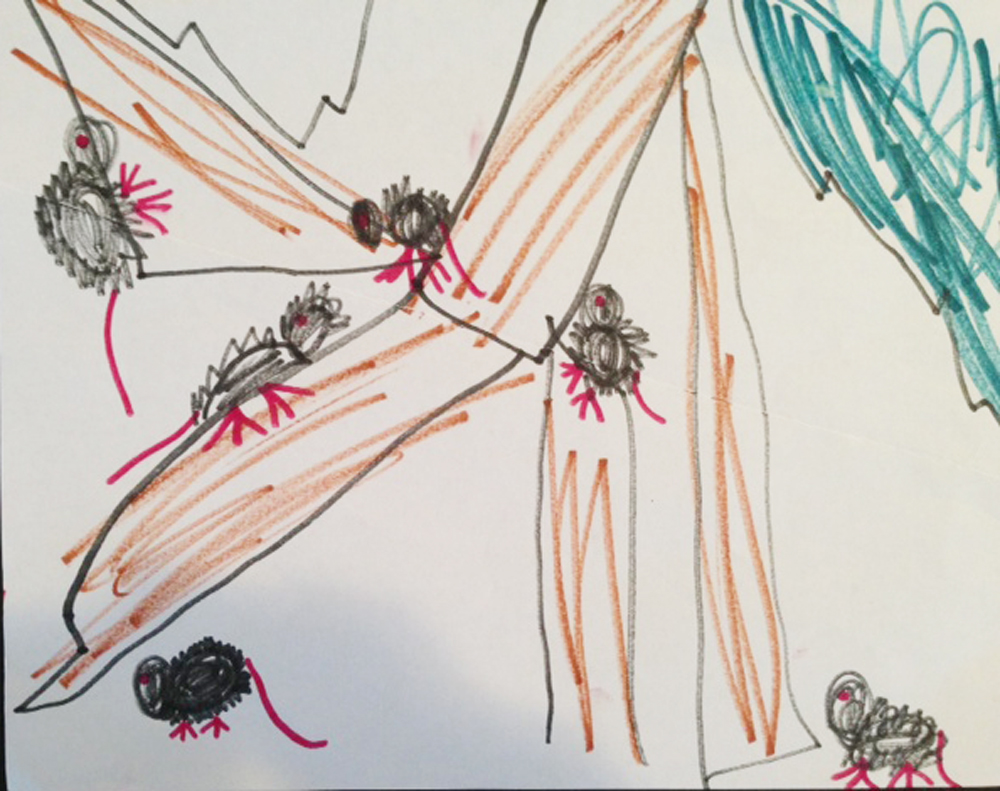
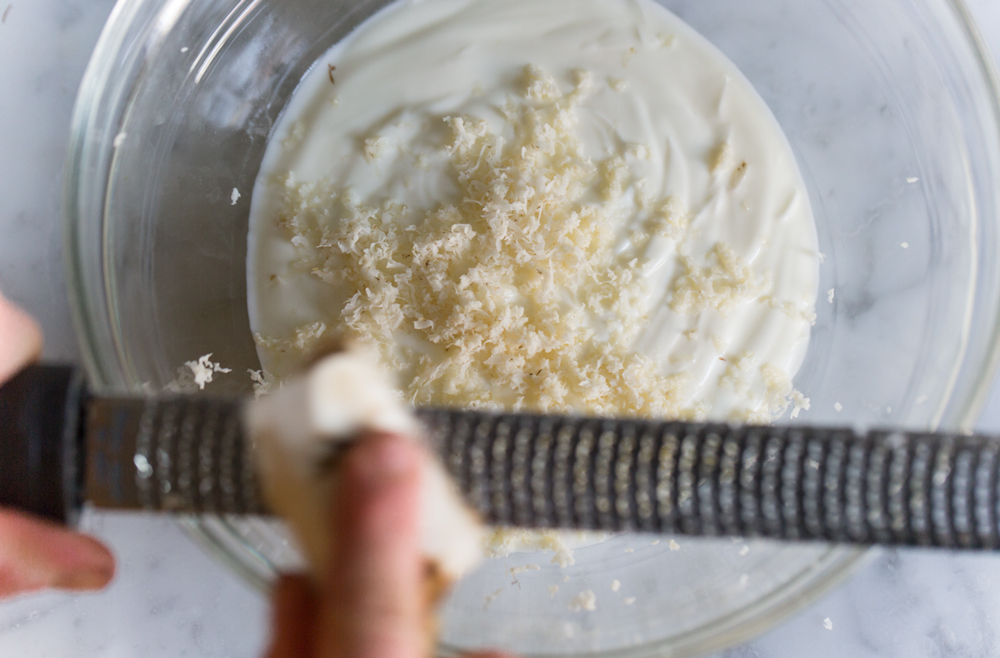
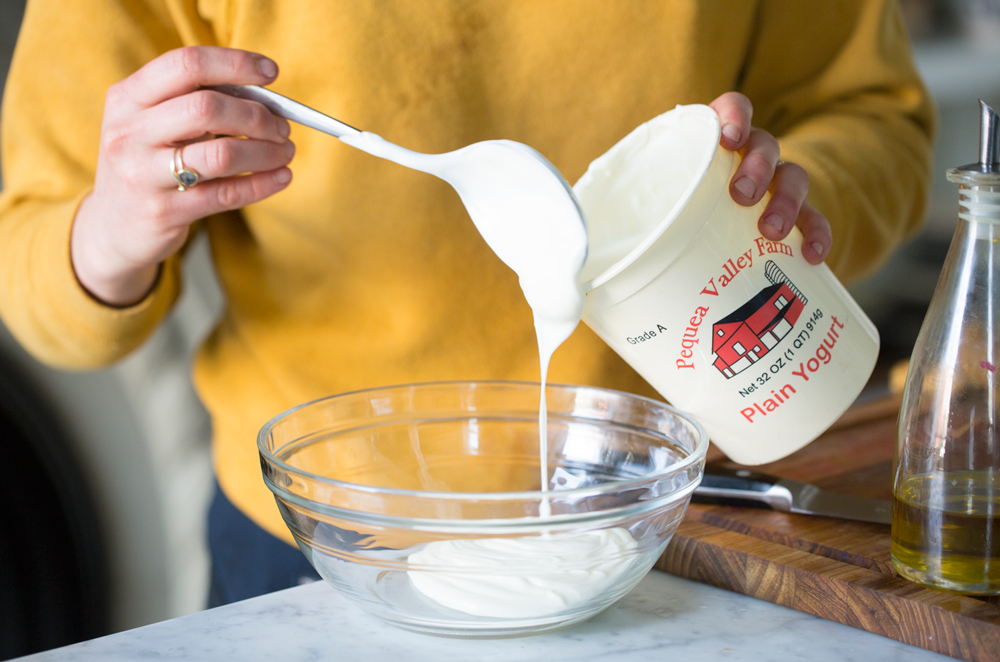
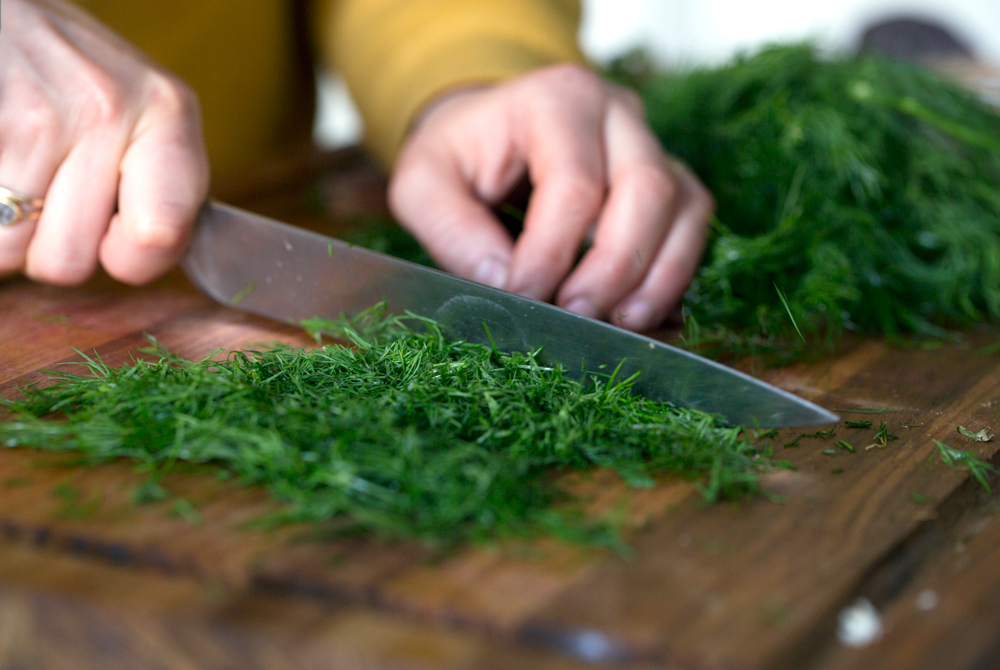

INGREDIENTS
- beet,
- CARROTS,
- dill,
- fingerling,
- heirloom carrots,
- horseradish,
- potatoes,
- sunflower shoots,
- yogurt
NOTES
Make sure to let the vegetables cook all the way through, a half-cooked beet is not a nice thing.
RECIPE
DIFFICULTY
MODERATE
SERVES
6
PREP TIME
60 MINS
Vegetables
-
1lbheirloom carrots, I used three different colors here, but orange will work if you cannot find these different varietals
-
3 - 4medium red beets
-
1/2 lbfingerling potatoes (Use any root veggies you like, add parsnip, rutabaga, turnip)
-
3cloves garlic
-
Olive Oil
-
1tbsfinely grated fresh horseradish root (You can use bottled horseradish, but I highly suggest the real thing)
-
1/4cupfresh dill plus extra for garnish
-
1/2small red onion
-
1/4cupsunflower shoots (optional to add at the end to lighten the dish up)
Dressing
-
1/4cupolive oil
-
1cupwhole milk organic yogurt (get the best quality you can find)
-
1tbsred wine vinegar
-
sea salt and cracked black pepper to taste
INGREDIENTS
- beet,
- CARROTS,
- dill,
- fingerling,
- heirloom carrots,
- horseradish,
- potatoes,
- sunflower shoots,
- yogurt
It’s Passover, one of the most iconic of the Jewish High Holidays. This entire week on SFP will be dedicated to Passover, as I will be attending one seder, hosting another, and making wood oven fired Matzoh in the North Fork of Long Island on Friday with chef and cookbook author, Peter Berley. Stay tuned for all my absolutely fabulously Jewish adventures.
At first glance, Passover appears to be an impressively morbid holiday. We thank God for having “passed over” the houses of enslaved Jews while enacting the last of his infamous ten plagues: killing the first born of every Egyptian household. This is the climax of a story that begins with the rivers turning to blood, the earth crawling with bugs, frogs, and roving herds of wild beasts who destroyed the earth (see illustrations by my niece, Jordan). The people broke out in boils and the earth was thrown into a thick, impenetrable darkness. Yes, God is portrayed as quite a masochist in this portion of the Bible, hardly something to celebrate. But, like most things in the Jewish religion, Passover is wonderfully open to interpretation, and food is always an essential symbolic tool for storytelling.
One of my favorite pieces of the seder plate (the plate of symbolic foods used as a visual aid throughout the seder) is the “bitter herb” or, horseradish root. The horseradish root symbolizes the bitterness of slavery, but of course, if used correctly, horseradish is an excellent culinary tool. I mean really, haven’t we suffered enough?
This Root Vegetable Salad will be my contribution to my family seder tonight. I was tasked with bringing a salad that could sit, without getting soggy or wilted on the way to my uncle’s house, 1 hour away. But, the salad could not include any wheat, barley, rye, oats, and spelt, beans, peas, rice, millet, corn, seeds or legumes. These are all the classic no-wilt salad basics. Why are these ingredients forbidden? Because on Passover we do not eat anything that puffs up or expands in the cooking process, as the Jews in exile from Egypt did not have time to let their bread leaven, or “puff up.”
Luckily, I work best with perimeters.
This salad is Kosher for Passover, and incorporates the “bitter herb” (horseradish) in the dressing in a way that your guests won’t expect. If you are traveling to a seder with this salad, bring a little ziploc baggy of fresh dill wrapped in a damp paper towel to use as garnish just before serving. Do your best not to refrigerate the salad before serving, unless you live somewhere very hot.